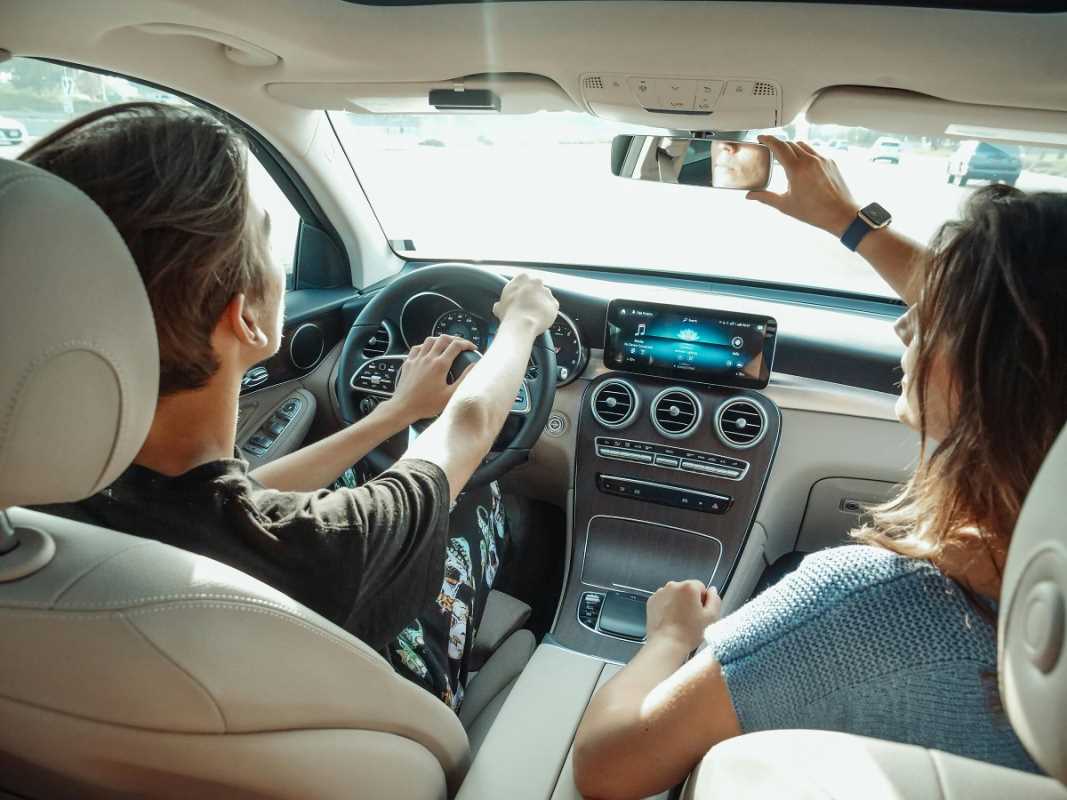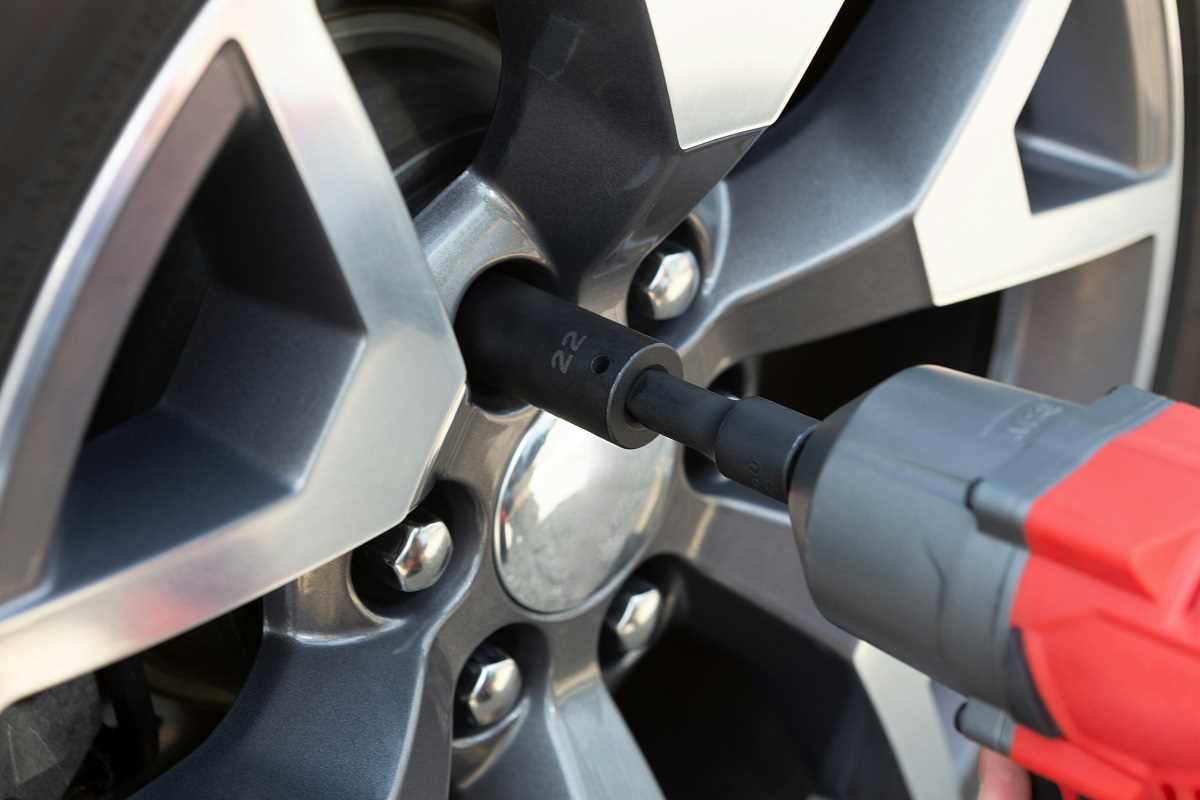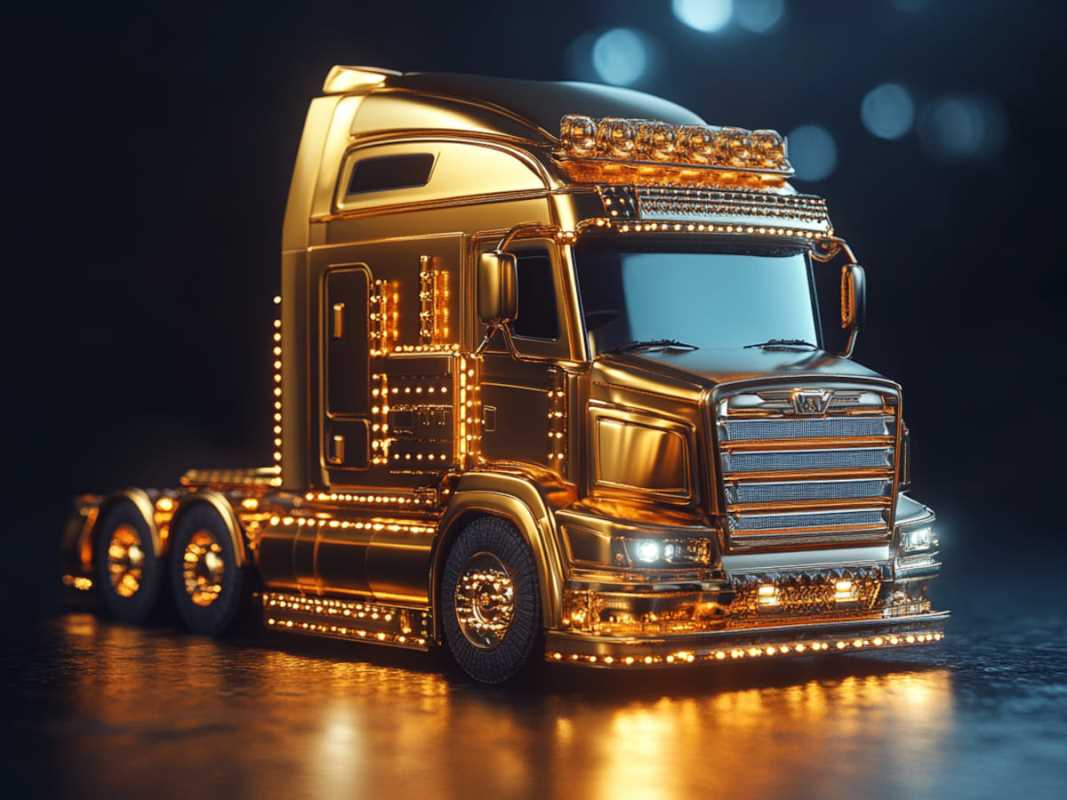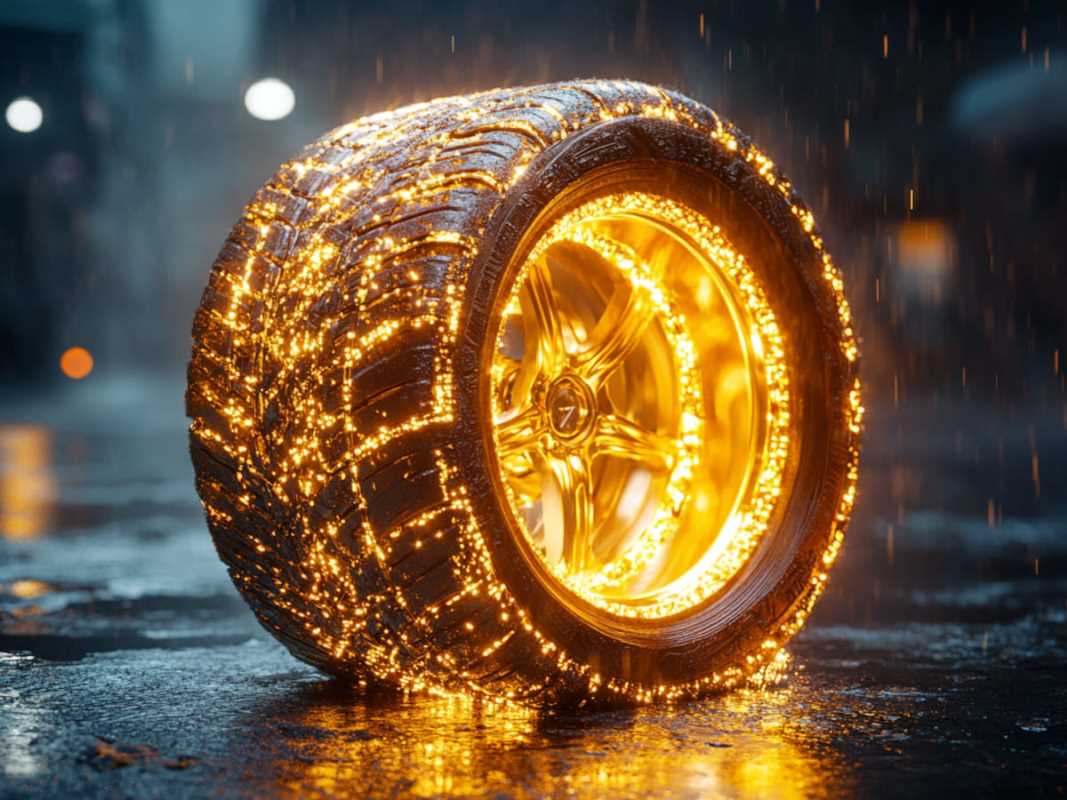The automotive landscape continues its relentless evolution, much like my hairline continues its relentless retreat. As someone who grew up coveting Trans Ams and now finds himself researching the battery chemistry of crossover SUVs, I've witnessed enough "revolutionary" automotive trends to develop a finely-tuned BS detector. So let's cut through the marketing hype and examine what's actually coming down the pipeline in the automotive world this year, the good, the bad, and the "why are they making me pay a monthly fee for heated seats I already bought?"
Electric Goes Mainstream (For Real This Time)
We've been hearing about the electric revolution for so long that it's easy to become numb to it, like those perennial warnings about how sitting too close to the TV would ruin our eyesight. But the numbers don't lie, and this coming year represents the tipping point where EVs truly enter the mainstream. It's not just that sales are growing; it's that they're growing despite economic headwinds, battery material challenges, and charging infrastructure that still has more gaps than my attempts at Wordle. The automotive industry has finally moved past the "compliance car" era of reluctant electrification and into full-throated commitment, with even the most stubborn traditional manufacturers now racing to catch up to market leaders.
Perhaps most significantly, the infrastructure to support mass EV adoption is finally catching up to the vehicles themselves. The federal government's investment in charging networks, combined with private sector expansion from companies like Tesla, Electrify America, and EVgo, is creating reliable charging corridors along major travel routes. Equally important, destination charging at hotels, restaurants, shopping centers, and workplaces is becoming commonplace rather than a novelty, creating an ecosystem where charging opportunities present themselves naturally during normal activities. Home charging solutions have become more affordable and flexible, with smart chargers that can take advantage of time-of-use electricity rates to minimize operating costs. We're not yet at the point where charging is as ubiquitous as gasoline infrastructure built over a century, but the gap is closing rapidly enough that it's no longer a legitimate reason to delay going electric for most consumers.
The Long, Weird Road to Self-Driving
If you've been reading automotive predictions for the past decade, you'd think we'd all be napping in the back seat while our robotic chauffeurs navigate through traffic by now. The reality has been considerably more complicated, with a series of evolutionary steps rather than the revolutionary leap that was promised. What we're seeing now is a more sober, realistic approach to autonomous features that focuses on proven safety benefits rather than sci-fi fantasies. Advanced driver assistance systems (ADAS) have become nearly ubiquitous, with features like adaptive cruise control, lane-keeping assistance, and automated emergency braking now standard equipment on even modestly priced vehicles. These systems don't eliminate the need for an attentive driver, but they do significantly reduce the cognitive load of driving, especially in tedious conditions like highway commutes or stop-and-go traffic.
Despite the hype cycle's tendency toward irrational exuberance followed by disillusionment, the trajectory of autonomous driving technology remains fundamentally positive. The systems available today are objectively better than what was available five years ago, and five years from now they'll be better still. The industry has largely moved away from unrealistic promises about timeframes for full autonomy, focusing instead on expanding the operational design domain of existing systems, the conditions under which they can operate safely. This more measured approach may lack the excitement of bold predictions about robotaxis replacing car ownership, but it's delivering tangible safety and convenience benefits to real drivers right now. And for those of us who remember when power windows were considered a luxury feature, even the current state of driver assistance technology still occasionally feels like science fiction come to life.
The Subscription Economy Hits the Garage
If there's one automotive trend that makes me want to retreat to my garage with a carburetor and a set of wrenches, it's the relentless push toward turning cars into subscription services. Remember when buying a car meant you actually owned everything in it? Those days are fading faster than my patience for mandatory software updates. Automakers have discovered the siren song of recurring revenue, and they're increasingly looking to transform one-time purchases into ongoing payment streams. The most egregious examples involve charging subscription fees for hardware features already physically installed in the vehicle, BMW's infamous heated seat subscription being the poster child for this approach. When you're paying monthly for the privilege of activating heating elements that already exist in your car, you might reasonably wonder if you actually own the vehicle at all, or if you're just its long-term custodian with visiting privileges granted at the manufacturer's discretion.
The emerging compromise position seems to be offering consumers choices rather than mandates, the option to purchase features outright for a higher one-time cost or access them through lower recurring payments. This approach acknowledges different consumer preferences and use cases; someone who plans to keep a vehicle for ten years might prefer permanent feature activation, while someone who leases new vehicles every three years might benefit from the flexibility of subscriptions. The most consumer-friendly implementations offer meaningful choices with transparent pricing, allowing customers to make informed decisions based on their own circumstances rather than forcing them into recurring payment models. Manufacturers who find this balance are likely to avoid the consumer backlash and potential regulatory scrutiny that more aggressive subscription strategies have encountered.
- Adaptive autonomous driving systems that adjust to driver behavior and preferences
- Bidirectional charging enabling electric vehicles to power homes during outages
- Sustainable interior materials replacing traditional leather with plant-based alternatives
- AI-powered predictive maintenance systems that identify potential failures before they occur
- Advanced driver monitoring systems using eye-tracking to prevent distracted driving
- Expanded over-the-air update capabilities extending to core vehicle systems
- Blockchain-based vehicle history tracking to improve transparency in the used car market
- Battery technology breakthroughs increasing energy density while reducing rare material usage
Beyond Buttons and Knobs
The automotive interior has become the latest battleground for innovation, with traditional controls increasingly giving way to screens, touch interfaces, and voice commands. The Tesla-pioneered approach of replacing virtually all physical controls with a central touchscreen has proven polarizing but influential, with many manufacturers moving in similar directions to various degrees. These minimalist interiors create visually striking cabin designs with clean lines and reduced clutter, while also providing flexibility to update interface elements through software rather than physical redesigns. The massive screens now dominating many vehicle interiors serve as command centers for everything from navigation and entertainment to climate control and vehicle settings, consolidating functions that were once spread across dozens of dedicated buttons and knobs.
The automotive world has always existed in a state of tension between tradition and innovation, between enthusiast values and mass-market practicality, between established players and disruptive newcomers. This coming year will see these tensions play out across multiple fronts, from electrification to autonomy to connectivity to retail models. As someone who's watched automotive trends come and go for decades now, I've learned that the most significant changes often aren't the ones making headlines, but rather the subtle shifts in consumer expectations and behaviors that eventually reshape the entire industry. The vehicles we drive and how we acquire them are transforming more rapidly than at any point since the early days of the automobile itself, creating both challenges and opportunities for consumers and manufacturers alike.
 (Image via
(Image via
.jpg)




